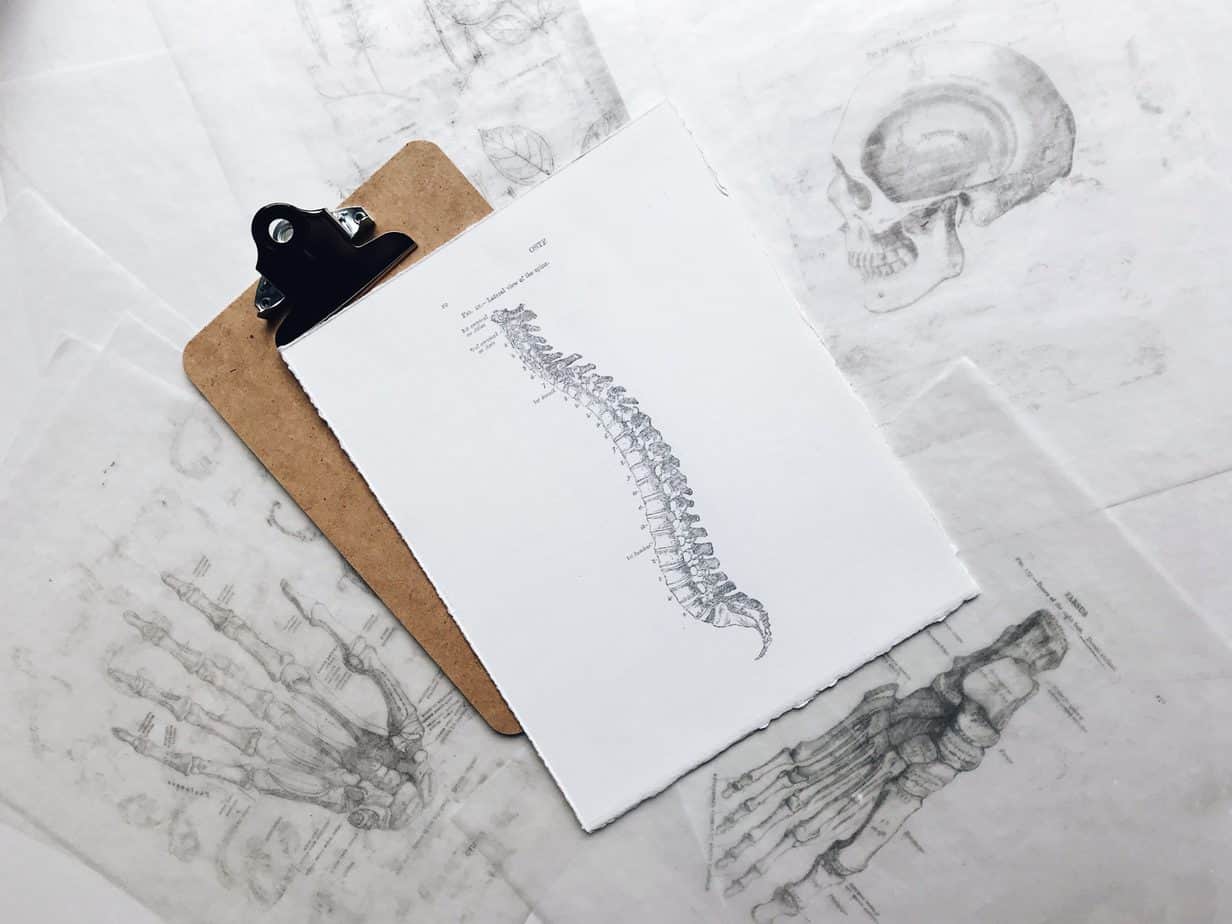Let’s Talk about Sex

Has having sex become painful for you? Has it always been this way or is this something new?
You are not alone. Painful sex, or dyspareunia, affects many women, and although it is not uncommon (approximately 10-20% of women experience painful sex), it is not normal nor a condition any woman should just accept without seeking medical treatment.
Causes
Painful sex can be intermittent or chronic. It can originate from a wide variety of causes. For example; bacterial or yeast infections, STDs, allergies, drug reactions, nerve damage, malignancy, trauma, or chronic disorders. Pain during sexual intercourse can be due to muscular spasms, scar tissue restrictions, hormonal changes, vaginal dryness, tissue changes following radiation or chemotherapy, menopause, chronic inflammatory or pelvic conditions such as endometriosis, which can result in painful adhesions around the vagina and ligaments. Some post- partum women develop dyspareunia secondary to scar tissue adhesions from vaginal tearing or episiotomies and/or the stress of the weight of pregnancies on the perineum. Painful sex can also result from orthopedic conditions particularly those of the hip or lumbar spine. Women should seek out treatment for dyspareunia. It can impede the ability to develop and/or maintain intimate relationships and impact not only physical but emotional well-being.
Treatment
An appointment with a gynecologist and/or obstetrician is important step in ruling out and/or treating some of the medical causes that lead to dyspareunia. A pelvic floor physical therapist can be an essential healthcare provider for further evaluation and treatment.
What Can it Feel Like?
Pain with sex can range from a superficial irritation at the vaginal opening to a deep, intense pain felt very internally. The location of pain is an important clue for therapists in finding the root cause of the dyspareunia. A description of the pain for example burning, sharp, dull versus achy is also an important clue. Frequently, pain associated with dyspareunia will cause the pelvic muscles to contract which can have cascading effects to both the neuromuscular and vascular systems leading to more discomfort. Do you have pain with initial penetration, thrusting, or with orgasm?
Why So Many Questions?
You can expect pelvic floor physical therapists to ask you detailed questions about your pain to uncover the neuromuscular, myofascial and/or orthopedic components of your pain. In the pelvic floor physical therapy world figuring out “the pelvic puzzle” is a coin termed by many therapists for describing our job of putting together the many clues of what structures are driving the pain.
Pelvic Health Assessment
We assess postural alignment, range of motion and strength particularly of the lower extremity and spine.
Pelvic floor physical therapists sometimes use modalities such as heat, biofeedback or electric stimulation. Manual therapy often plays a key role in treating dyspareunia. The primary goal of manual therapy is to decrease pain and restore mobility by improving soft-tissue mobility, elasticity, distensibility reducing adhesions and increasing circulation to the area.
Additionally pelvic floor physical therapists work to improve pelvic alignment and postural awareness, breath work, biomechanics, and increased range of motion of joints and soft-tissue structures.
Unfortunately, women complaining of pain during sex are sometimes dismissed when, in fact, their symptoms are related to very treatable medical issues. At Body Harmony Physical Therapy our team of trained pelvic floor physical therapists are here to help.
Written by: Gwen Harvey, PT Edited By: Keely Faridi, PT
References:
- Wurn et al. Medscape General Medicine. 2004; 6(4): 47. Increasing Orgasm and Decreasing Dyspareunia by a Manual Physical Therapy Technique. Accessed 4/23/2019.
https://www.ncbi.nlm.nih.gov/pmc/articles/PMC1480593/https://www.ncbi.nlm.nih.gov/pmc/articles/PMC1480593/







